The current senior class at Green Hope has just over 500 students, showcasing an already large and diverse group of people. However, this number pales in comparison to the freshman and sophomore classes, both of which have more than 650 students. Green Hope is gaining more and more people every year, but is this a good thing?
To find out more about the growing population, the GH Falcon sat down with Assistant Principal of Instruction Adam Bollhoefer, who is in his 21st year as an educator and in his eighth year with Green Hope. He focuses on, “Supporting teaching and learning through professional development, data analysis, instructional coaching, developing the master schedule and coordinating course offerings.” With his many hats, Mr. Bollhoefer is well-versed in the inner workings of Green Hope.
Mr. Bollhoefer first presented data on the number of students at Green Hope, sharing that, “At the start of the 2024 school year, our enrollment was 2,332 students. This fall, we opened with 2,473 students. Both our 2024 and 2025 freshman classes are approximately 650 students each.” He also noted that Green Hope’s numbers were at their lowest with the opening of Green Level, however they have since risen at a rapid rate.
He then discussed the main reason for this population growth at Green Hope. He boiled it down to the rapid expansion of the communities around Green Hope. “Driving down Highway 55, you can see numerous new housing developments. This area is a desirable place for families, and Green Hope, along with other local schools, are recognized as among the best in the state,” explained Bollhoefer.
With the data and reason out of the way, Mr. Bollhoefer moved on to discussing the impact of this population growth. The first impact he described was on classrooms and learning. He discussed how creating enough course options to manage class sizes was essential. Additionally, he discussed how, “Growth is most noticeable in the daily experiences: Traffic congestion during arrival, crowded hallways during lunch and higher demand in common spaces like the cafeteria during lunch.”
These issues have been echoed by many students, including senior Sam Combs (‘26). While Combs did emphasize that the growth was positive in his mind, as there are, “More people to meet, more participation in extracurriculars and clubs and just more diversity on campus,” he did discuss how it is occasionally a problem.
While walking to class every day, students face overcrowded hallways and staircases in every corner of the school. To this point, Combs stated that, “The crowded classrooms and hallways serve as more of a nuisance than anything else. It makes it harder to navigate the hallways and make it to class in a timely manner.” Elaborating on what he preferred, Combs added, “I definitely prefer a smaller school. Knowing more of the population and smaller classroom sizes just feel better to me.” This has been a common sentiment shared by many students, but like Combs, they too have also observed a number of positive changes.
Bollhoefer went on to explain how the population size is being managed, but the growth has benefits: “We work closely with the district’s Office of Student Assignment to monitor our enrollment compared with other area high schools. This collaboration helps ensure resources and assignments.” He then shared his thoughts on Green Hope’s rising numbers. “I view it as a positive development. Green Hope is an exceptional school, and every student deserves access to the kind of education and opportunities we provide here. Growth means more students get to experience being part of this community, which I see as a benefit.”
On a similar note to Combs’ opinion on the increase in numbers, Bollhoefer also discussed what he thought was the greatest part of the population increase. “We are especially excited about the increasing diversity of our student body. Green Hope students represent over 70 countries and speak more than 50 languages. This global perspective enriches our school culture and provides daily opportunities for students and staff to learn from one another in truly meaningful ways.” More people at the school leads to greater diversity in perspectives, cultures and most importantly learning.
While the hallways may be hard to navigate and seats at lunch might be harder to find, the benefits are clearly outweighing the negatives. The teachers, students and all of the community are sure to see changes as the population grows, but will also find positive developments among the challenges.






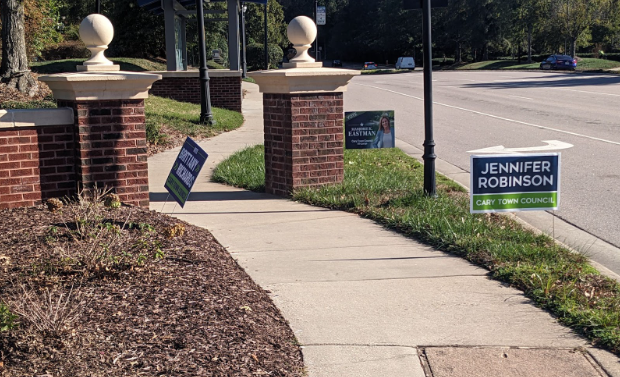



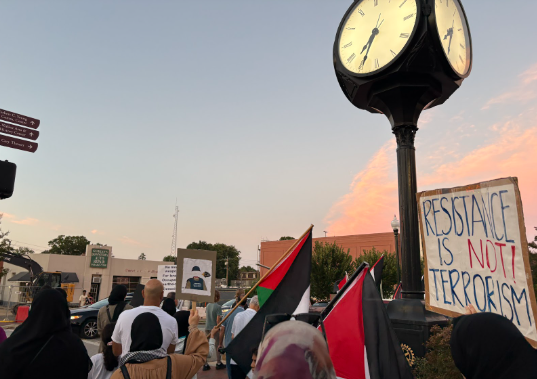
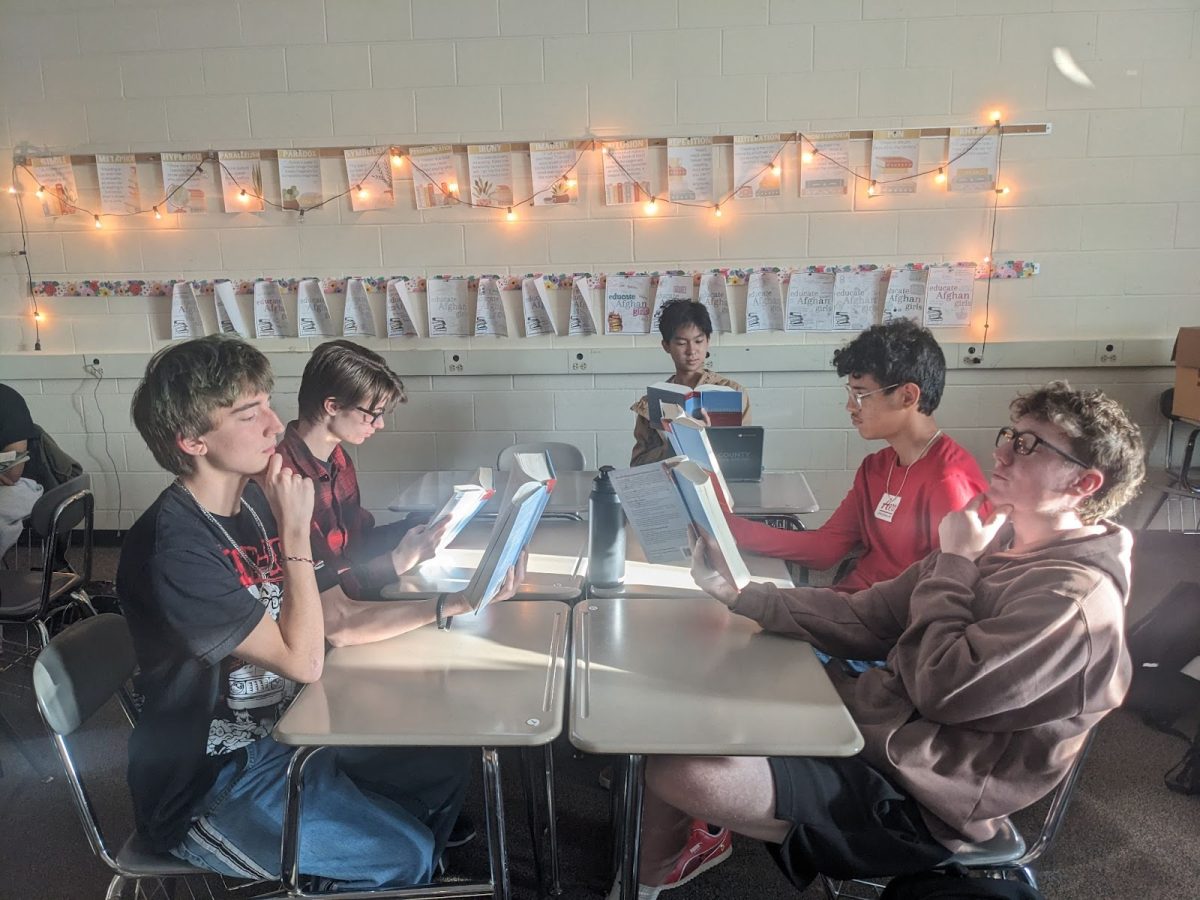
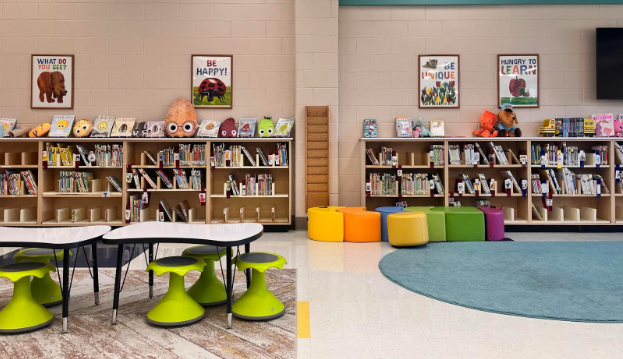
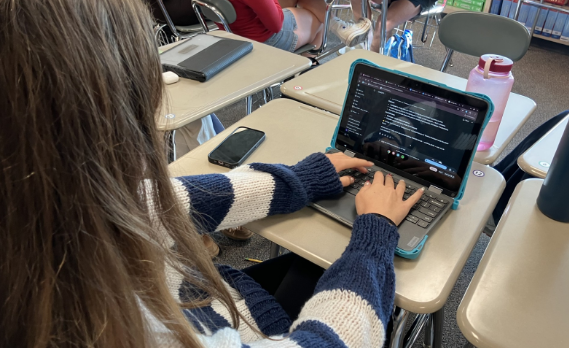

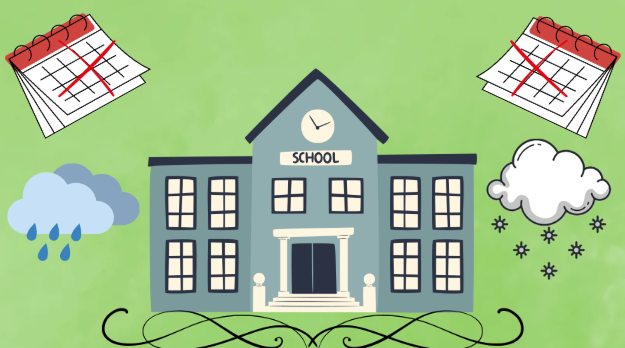

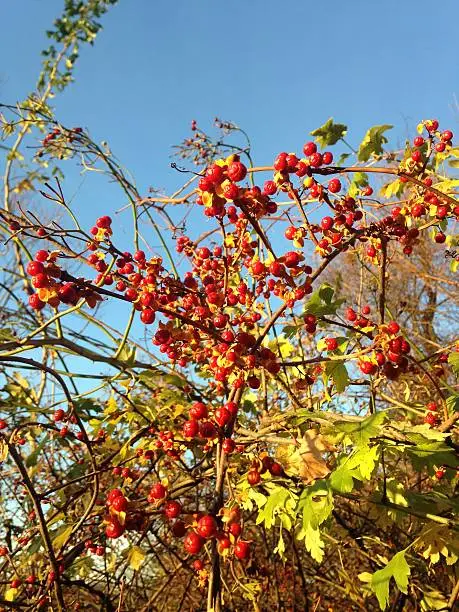
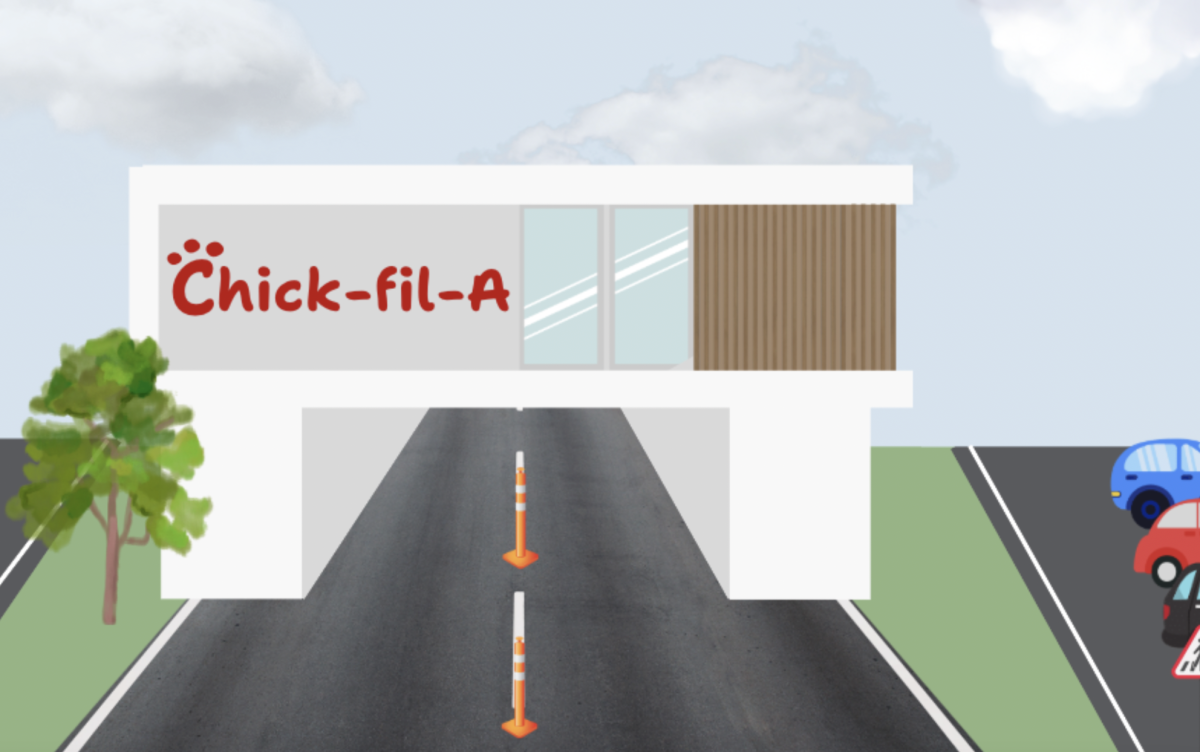

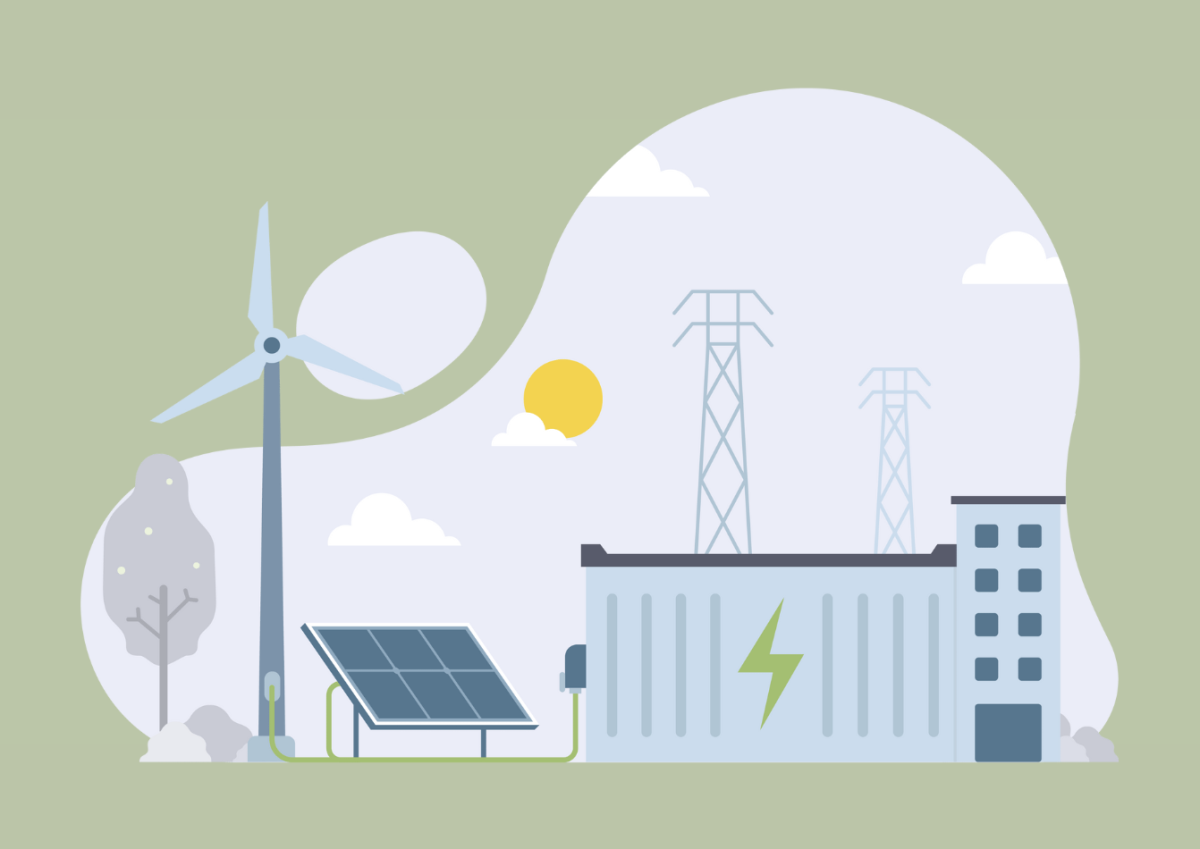
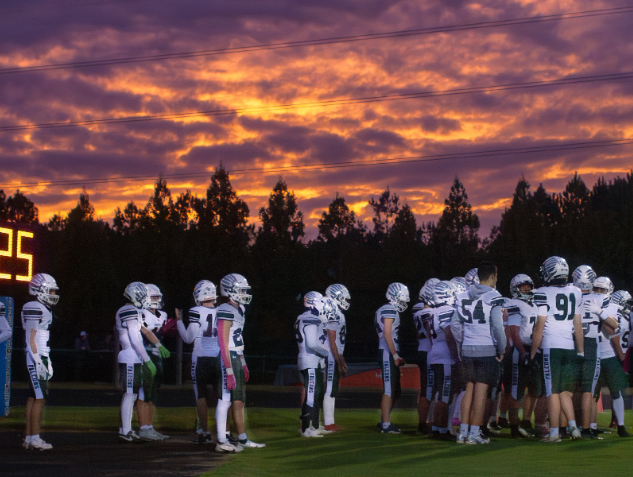

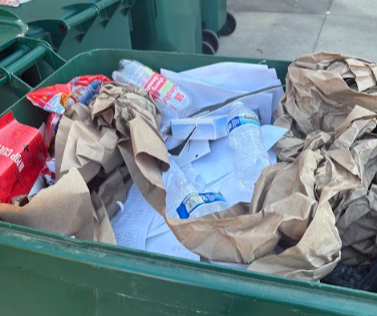


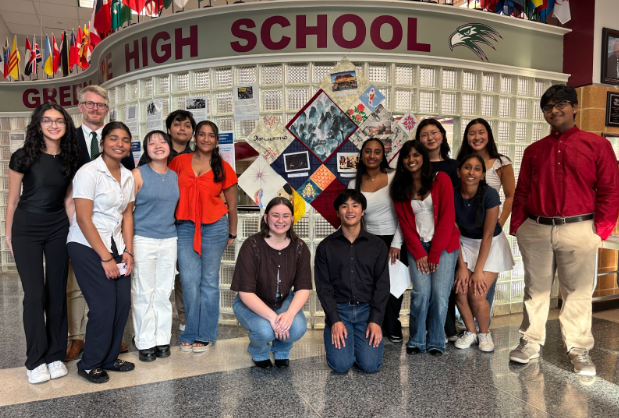



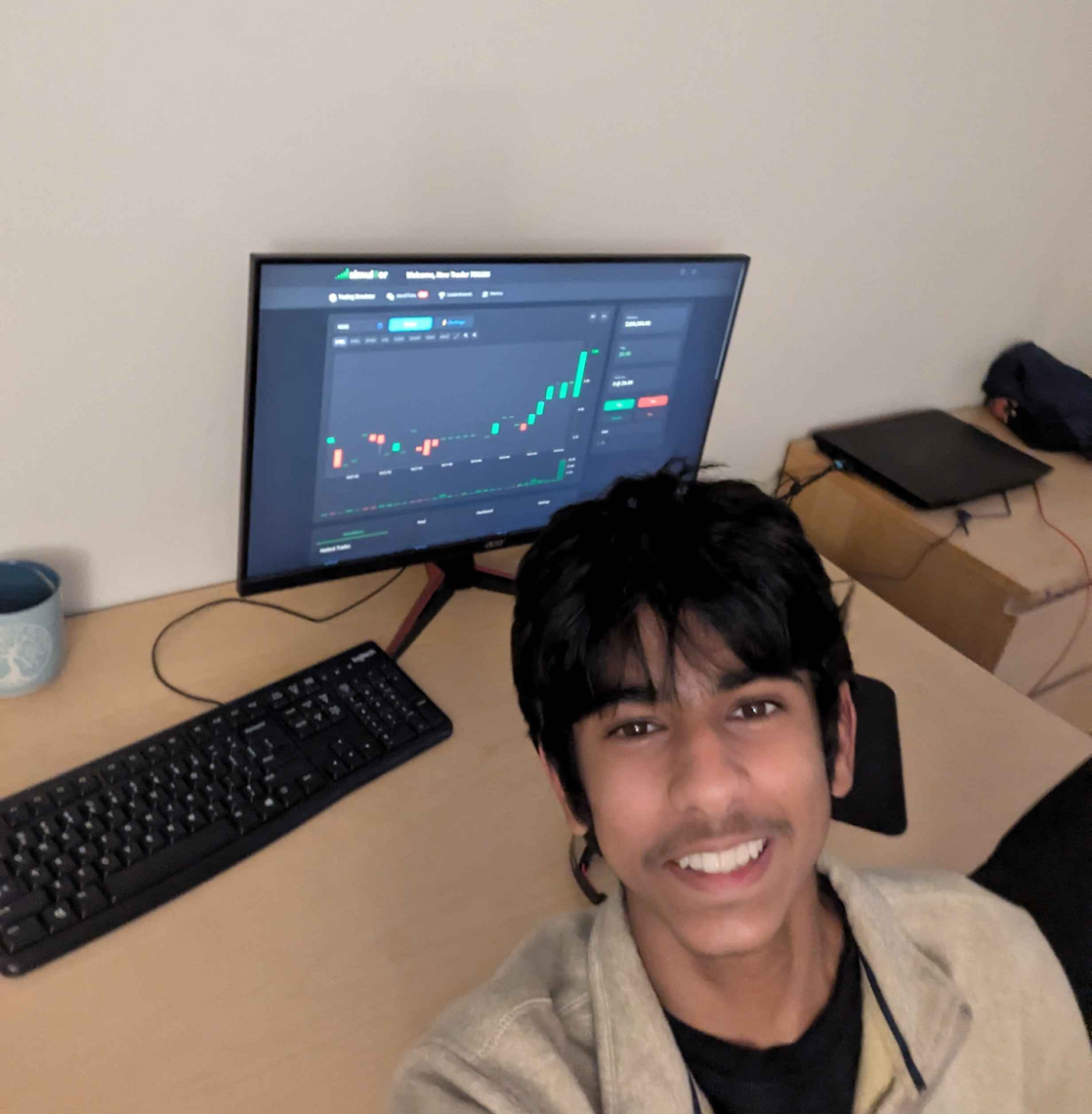
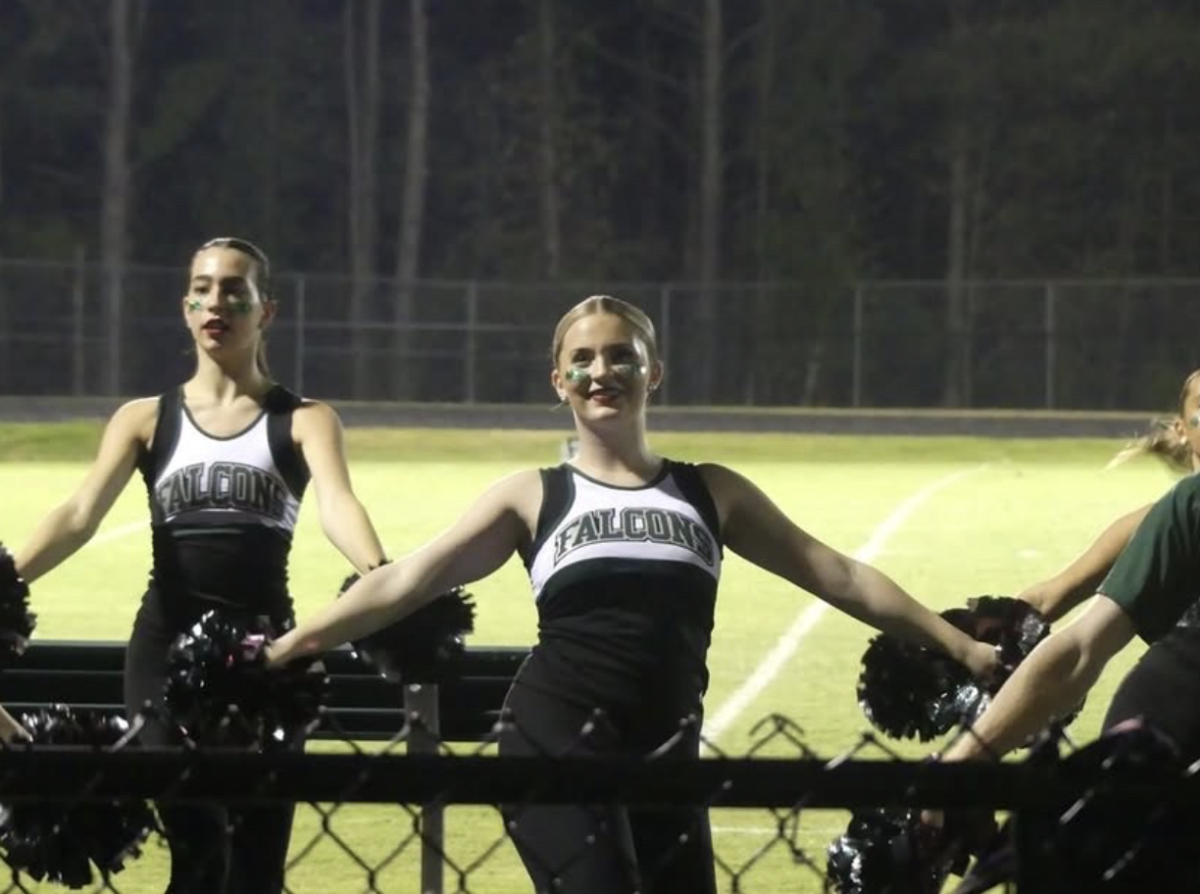
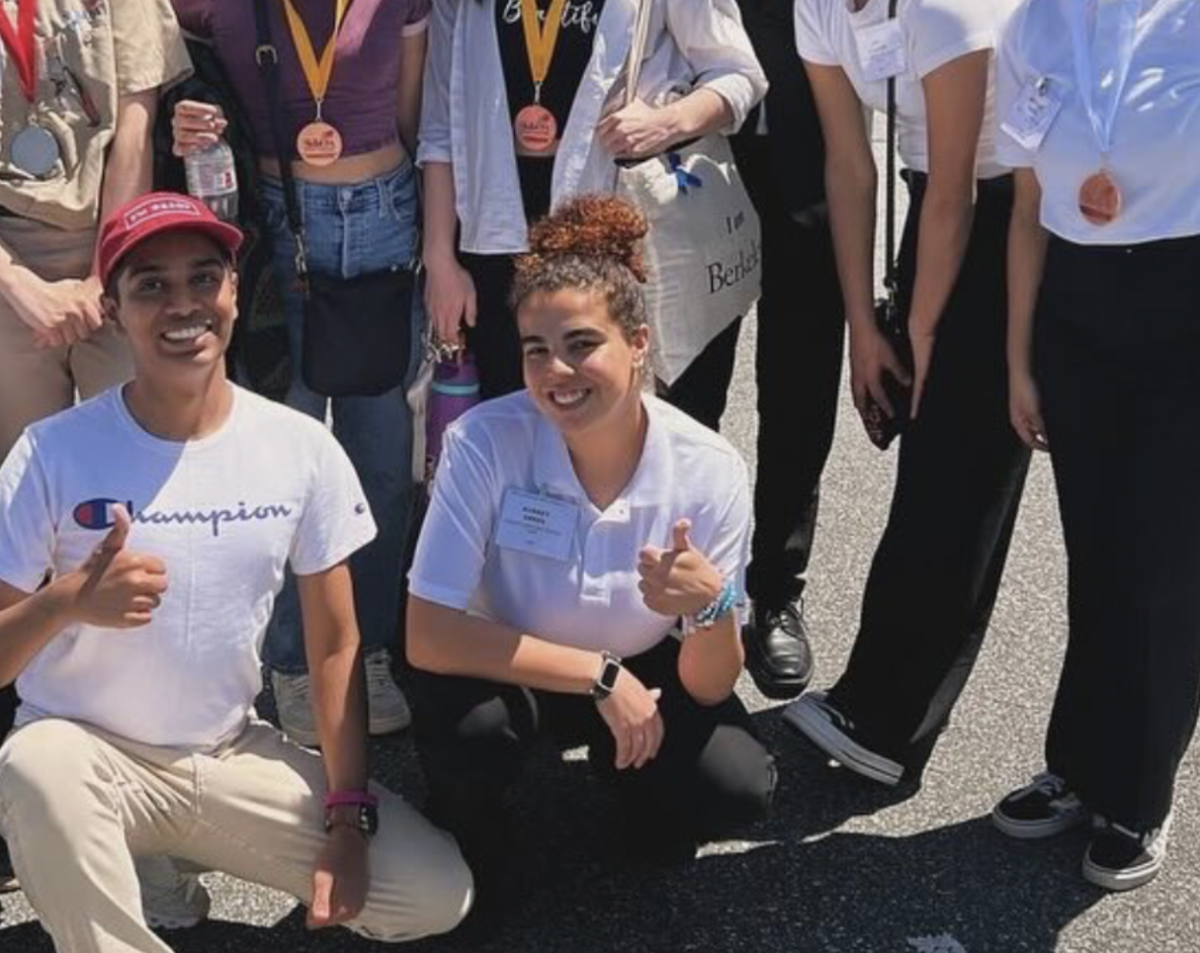
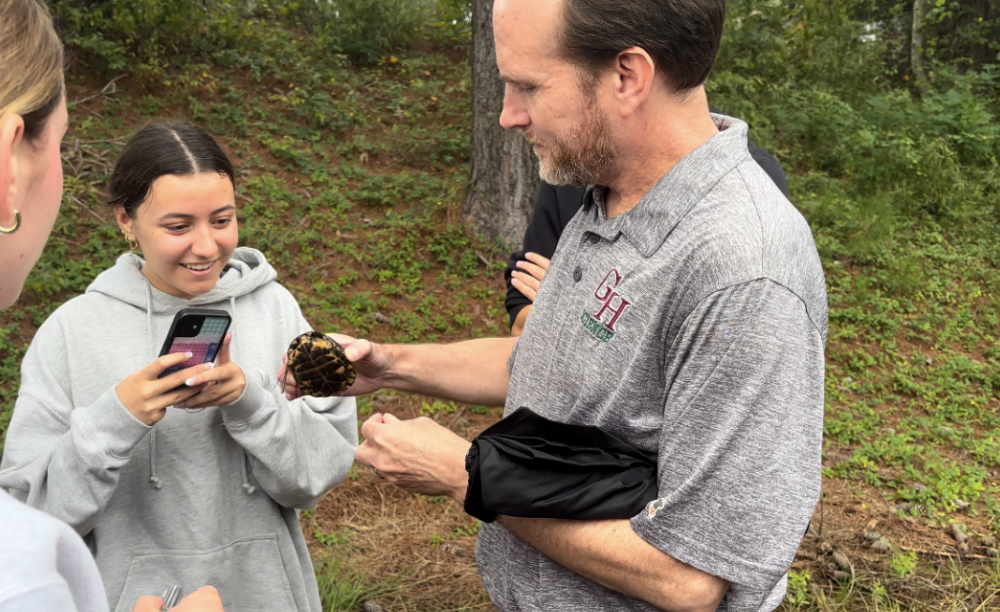

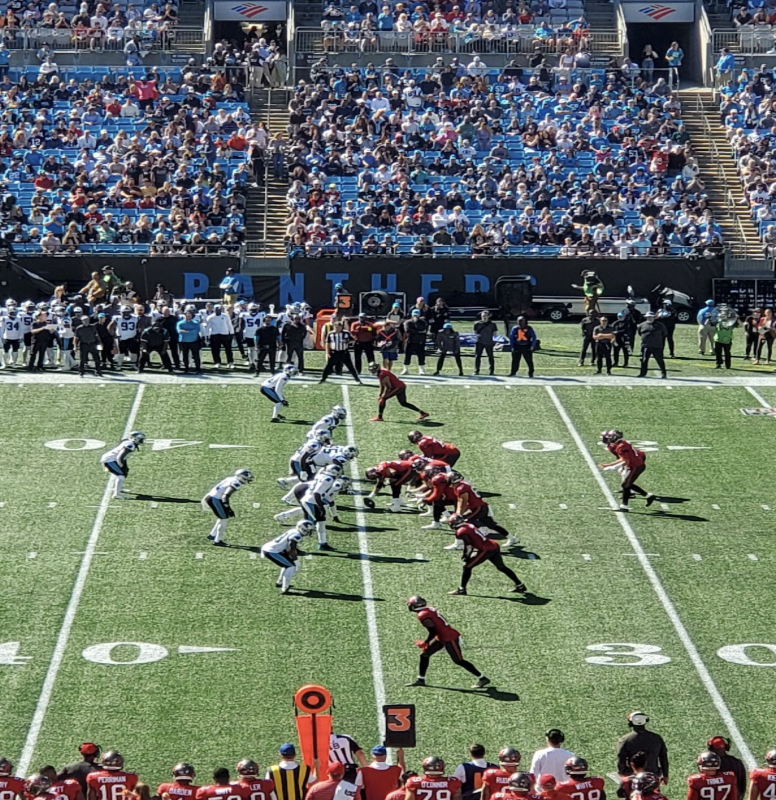
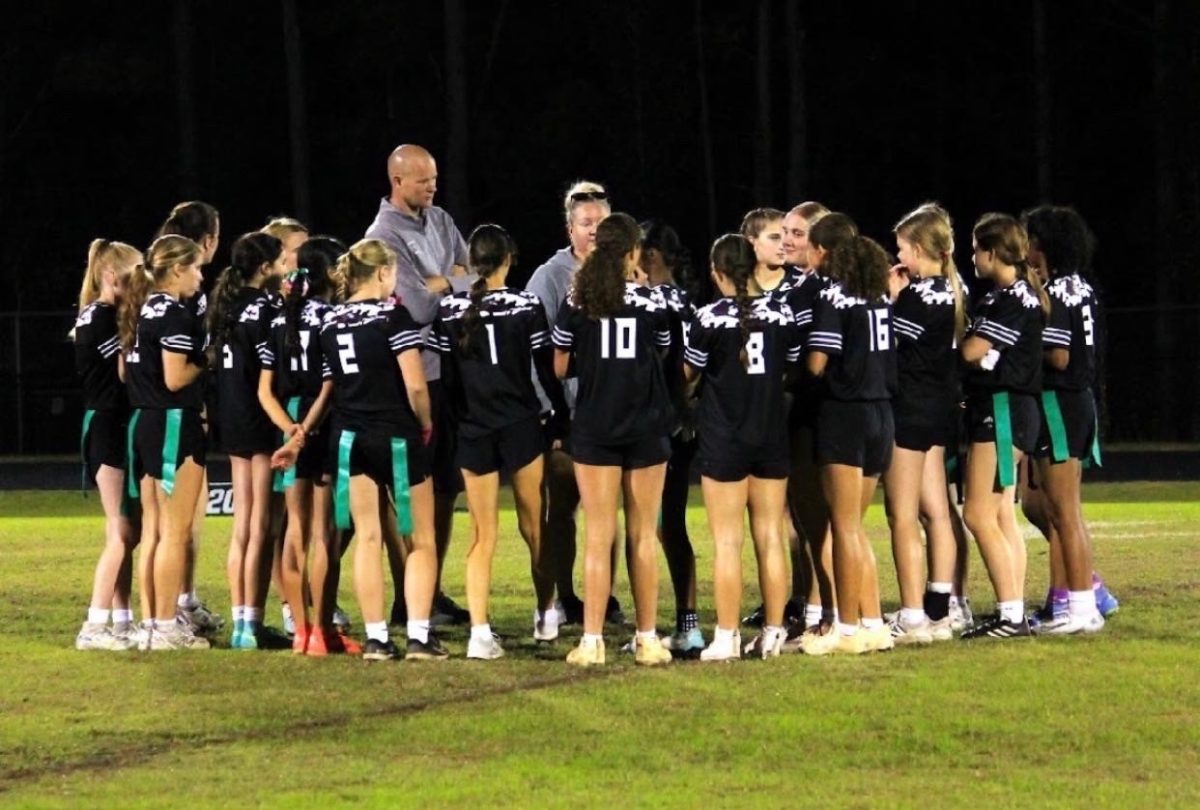
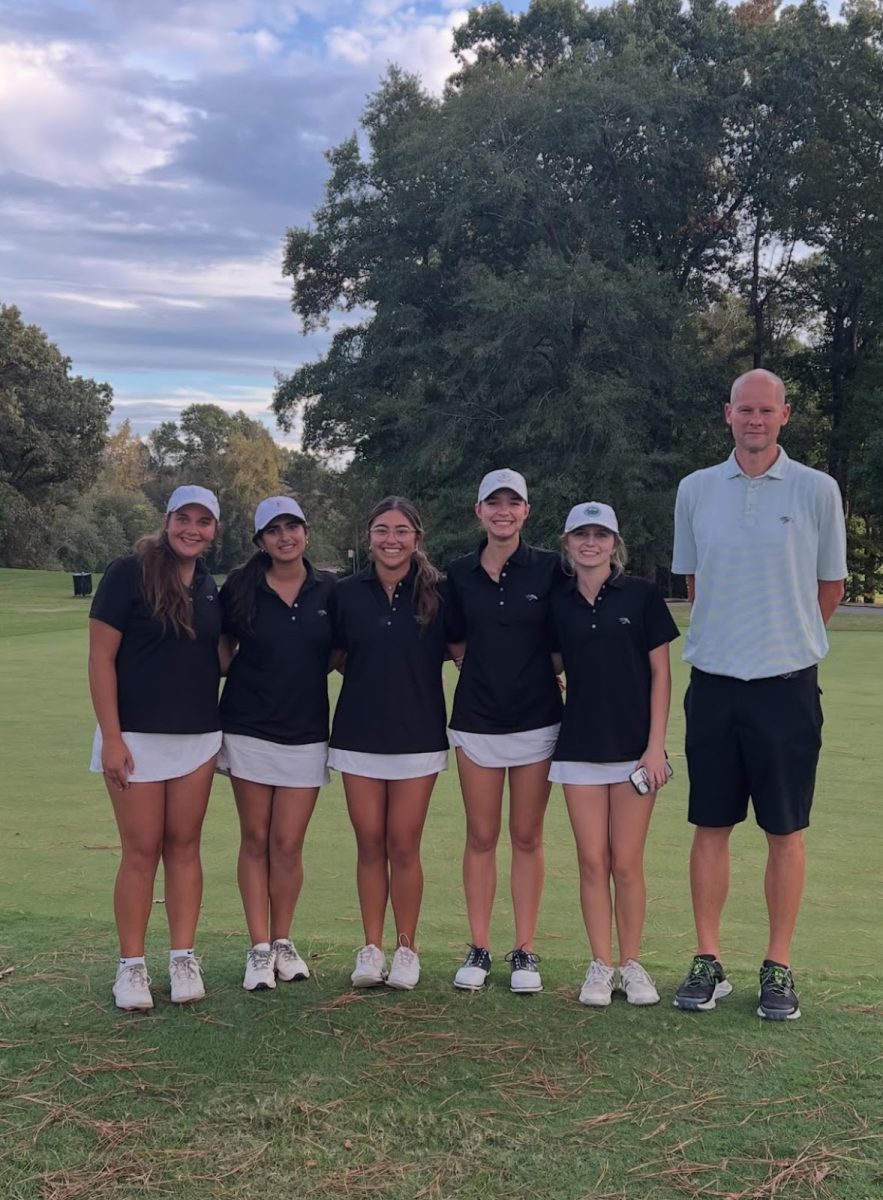

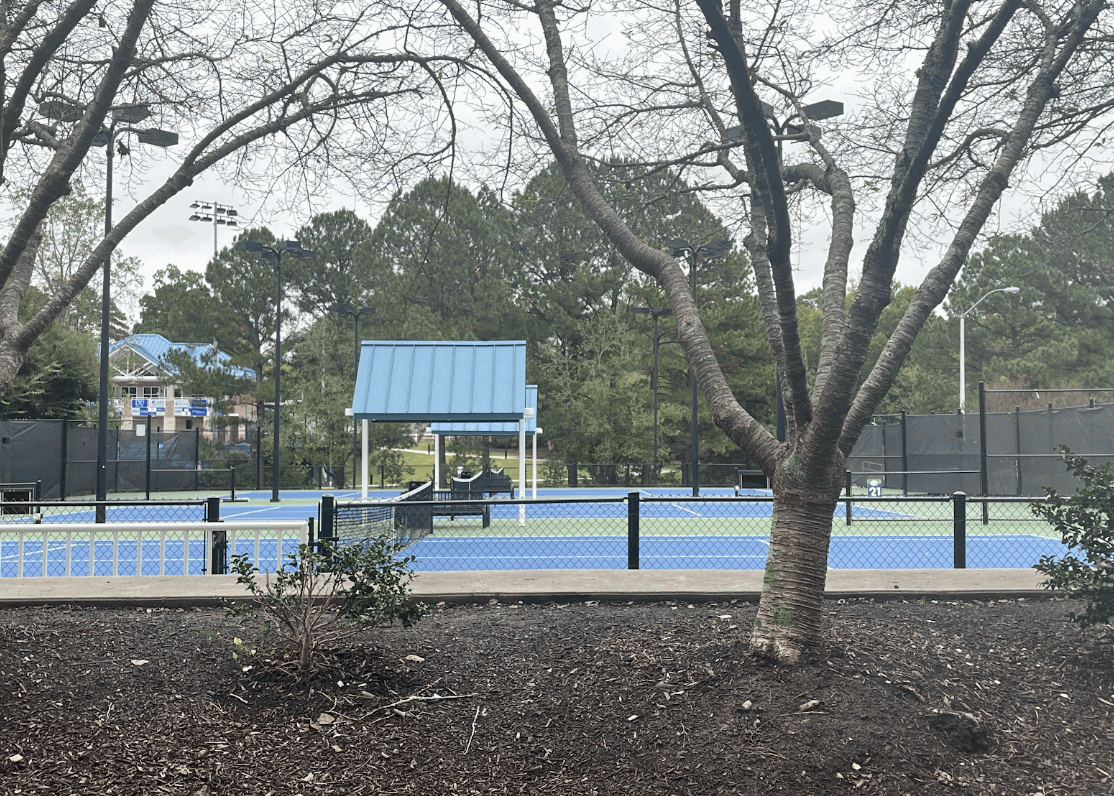

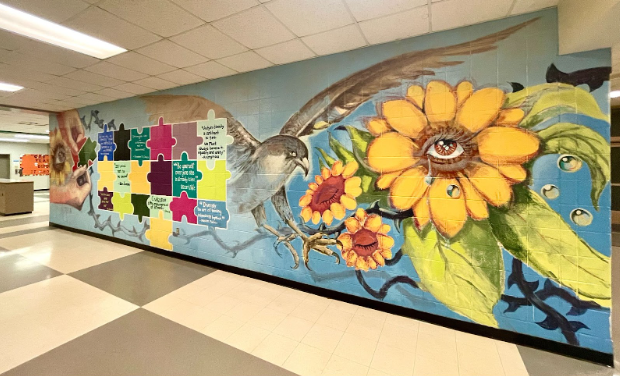

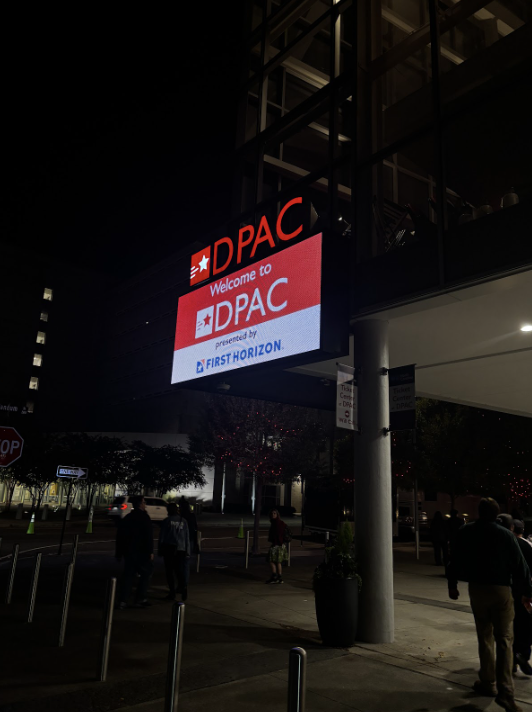








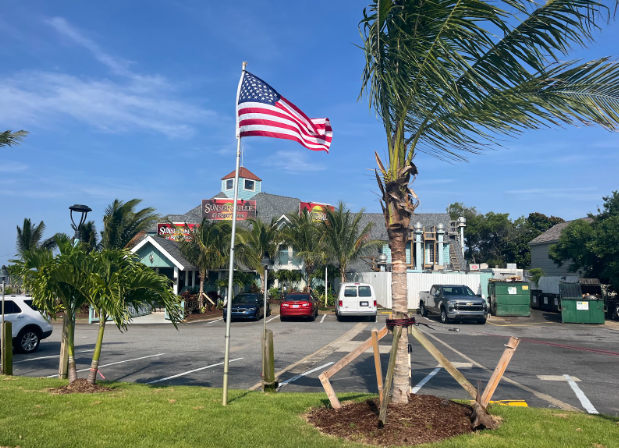
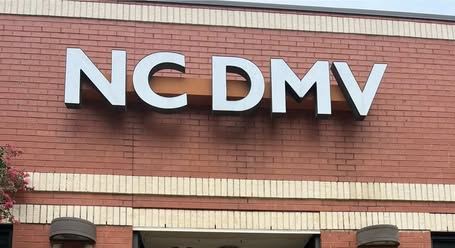
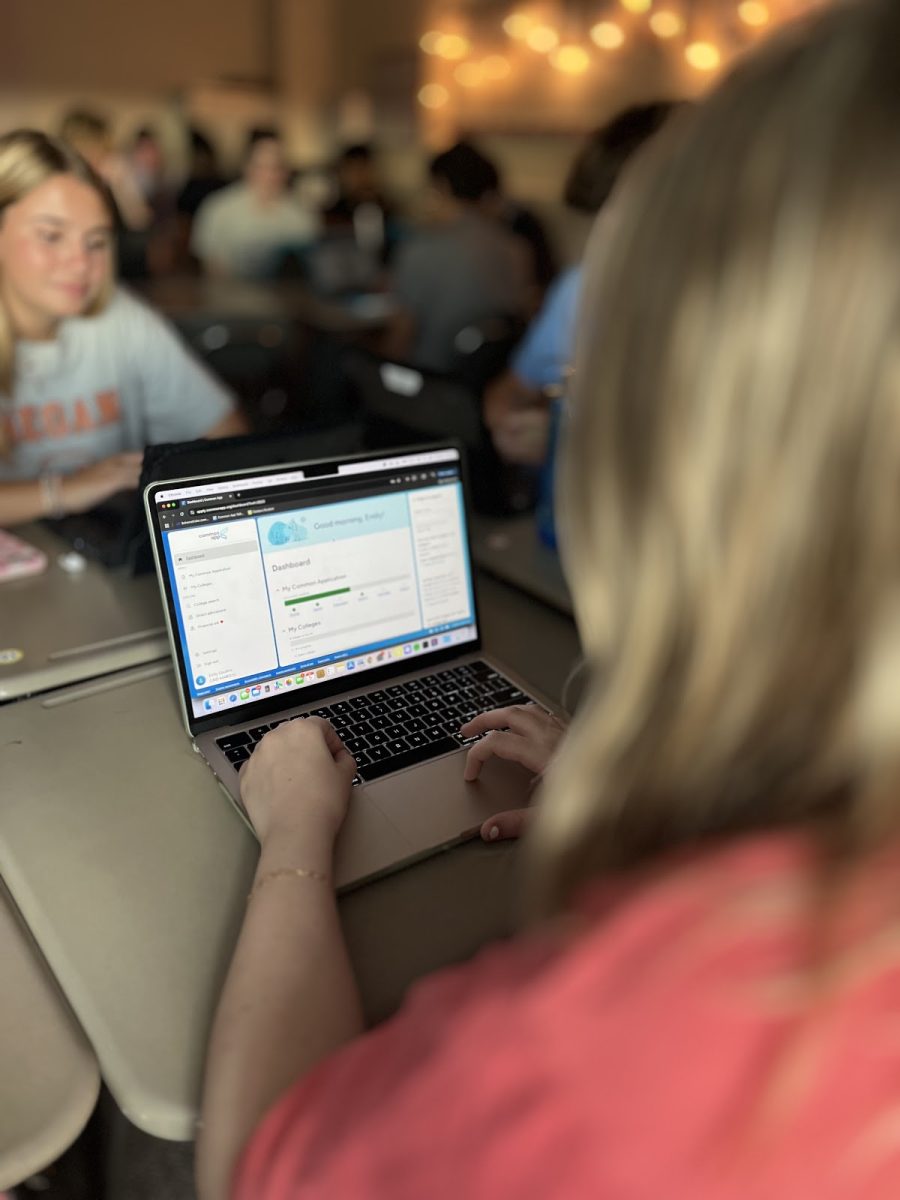
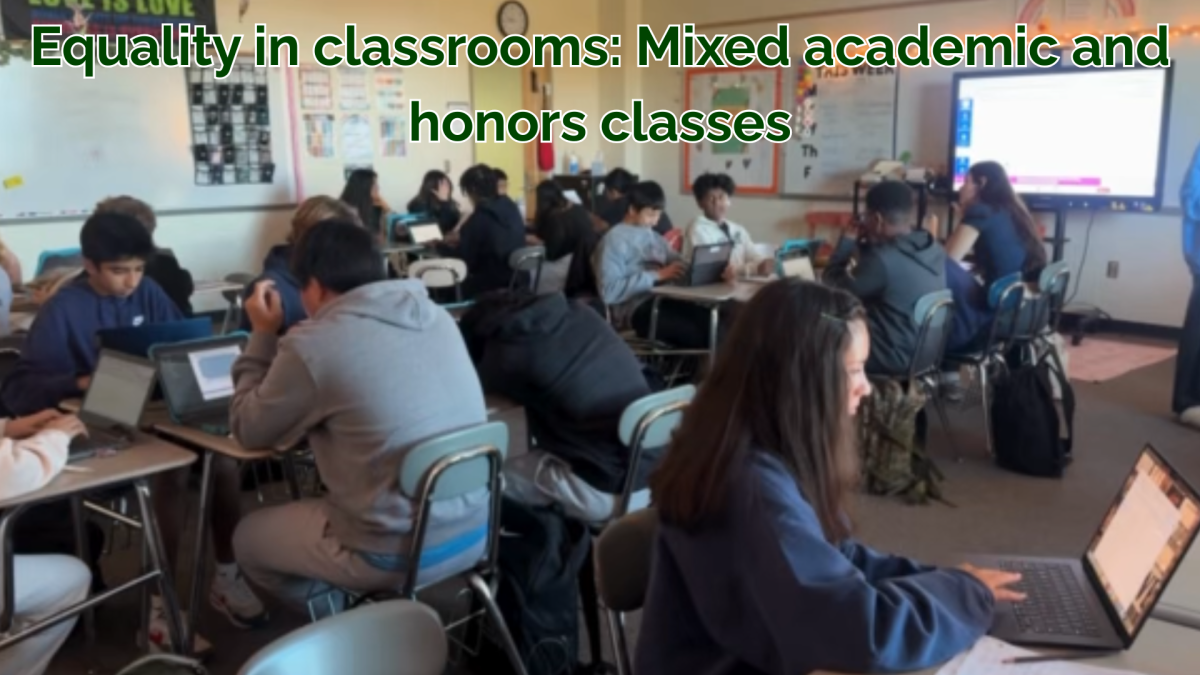
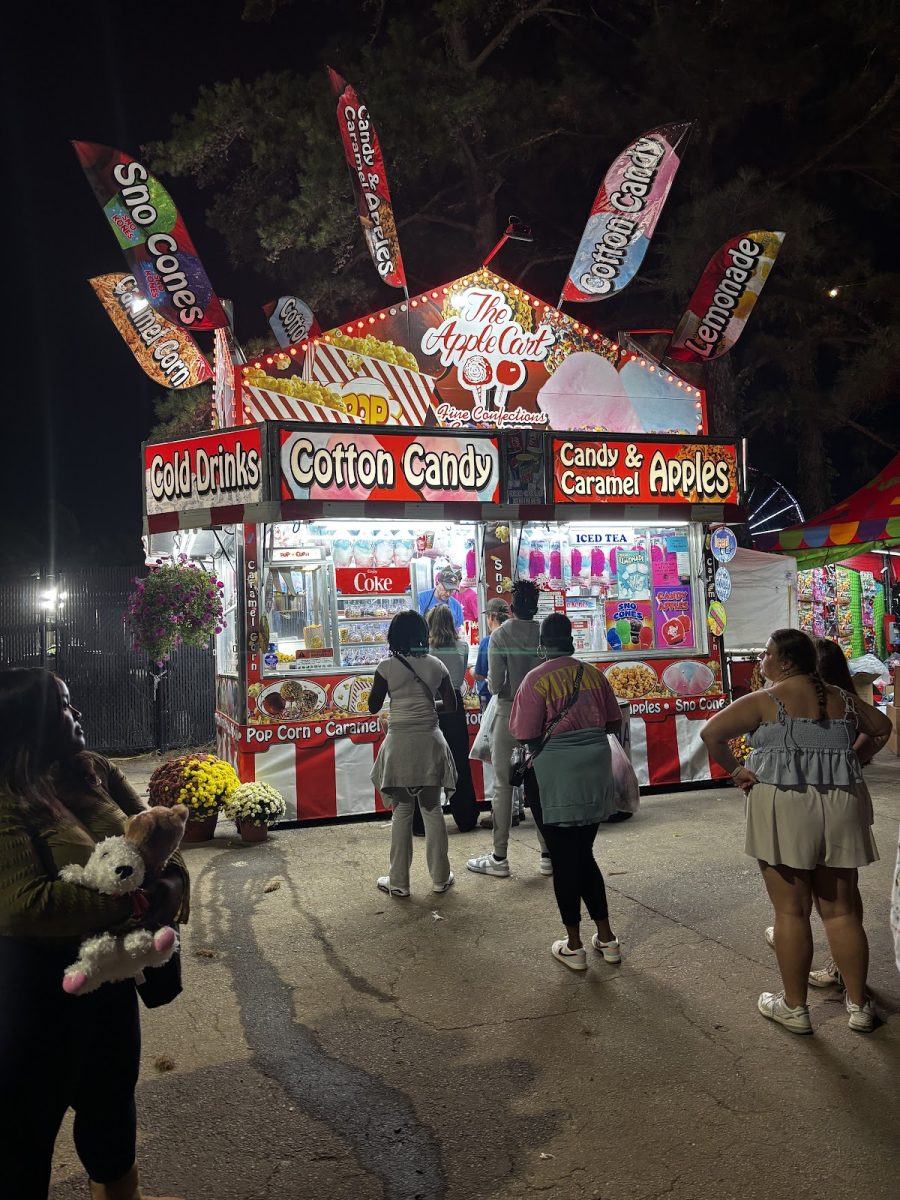
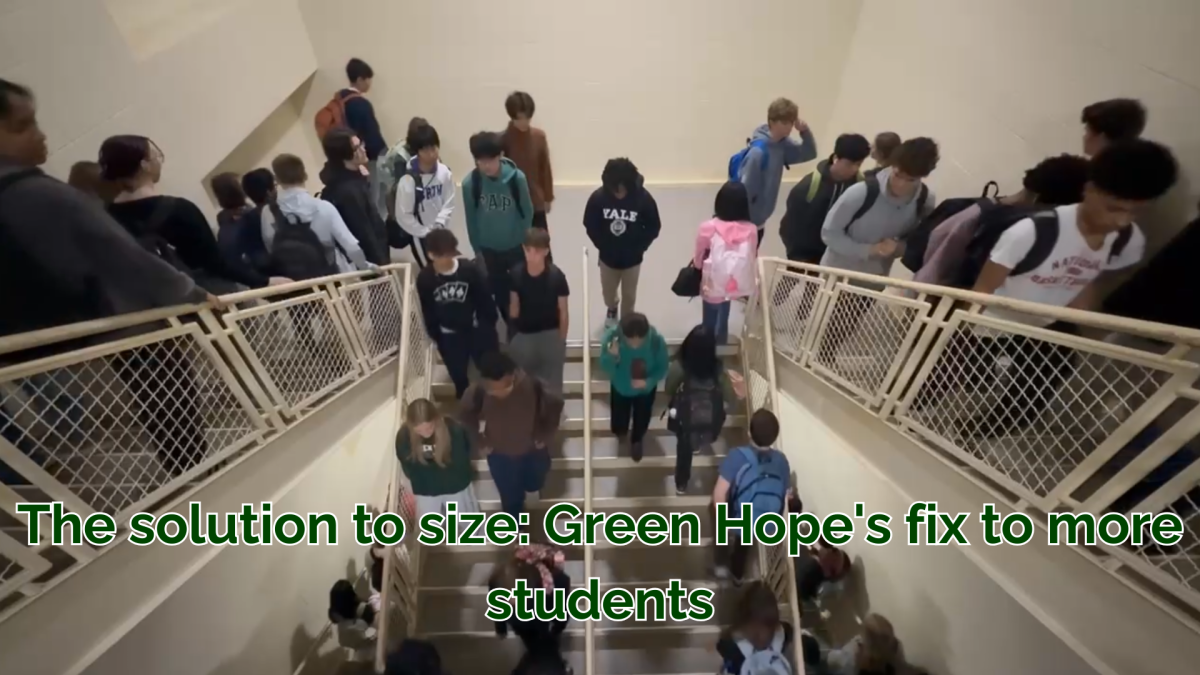

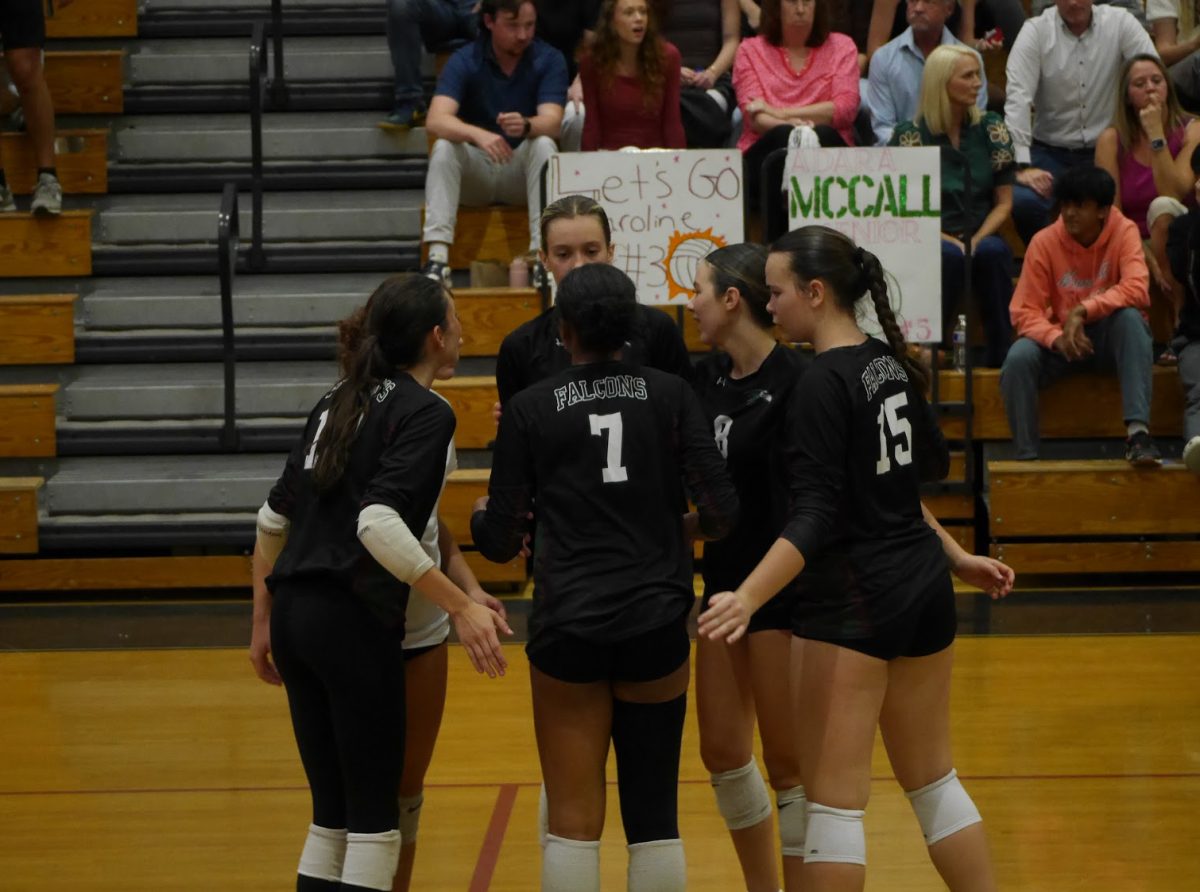





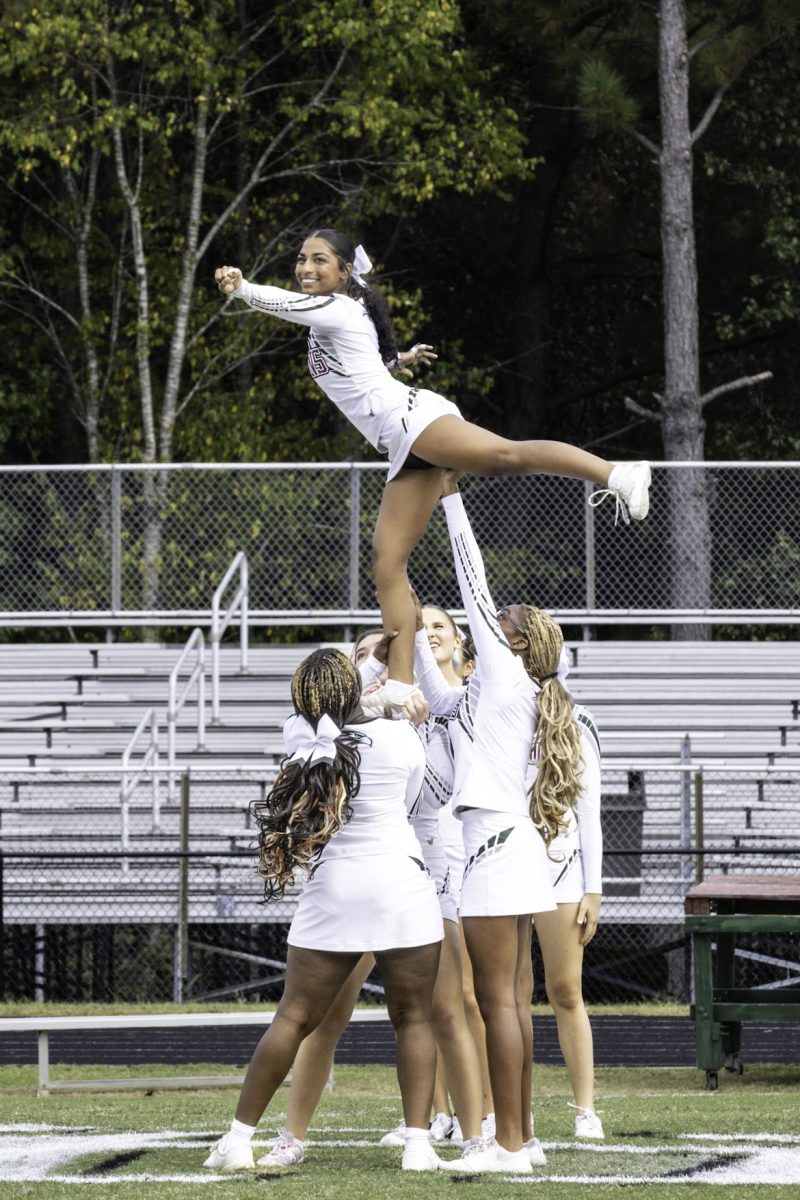







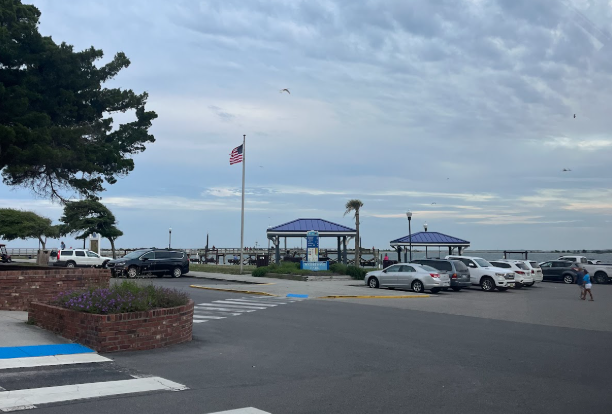


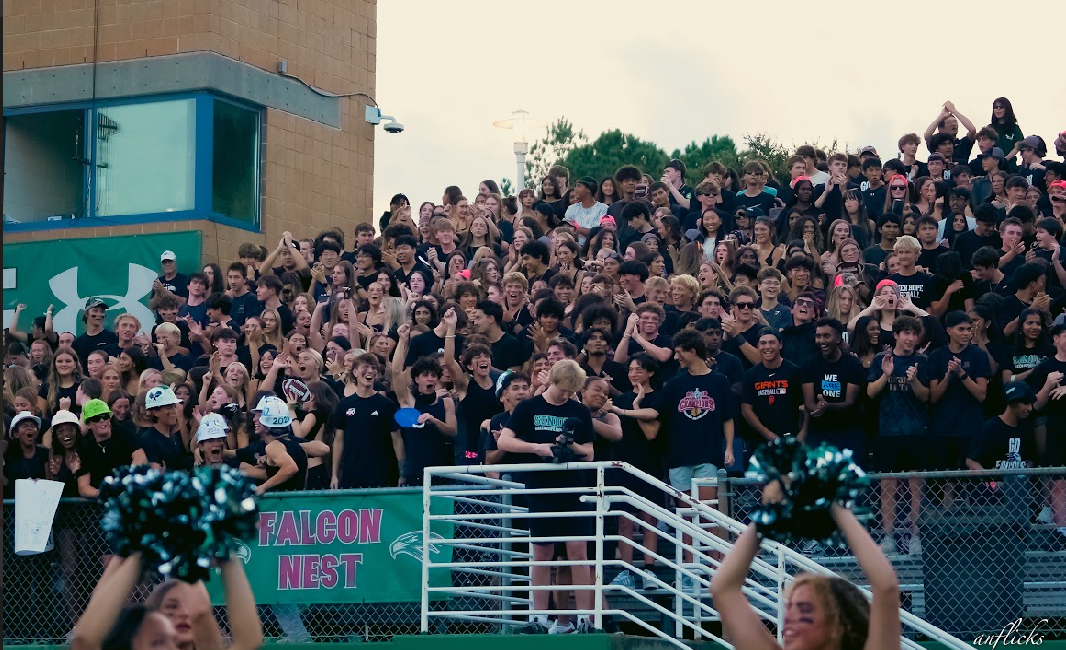



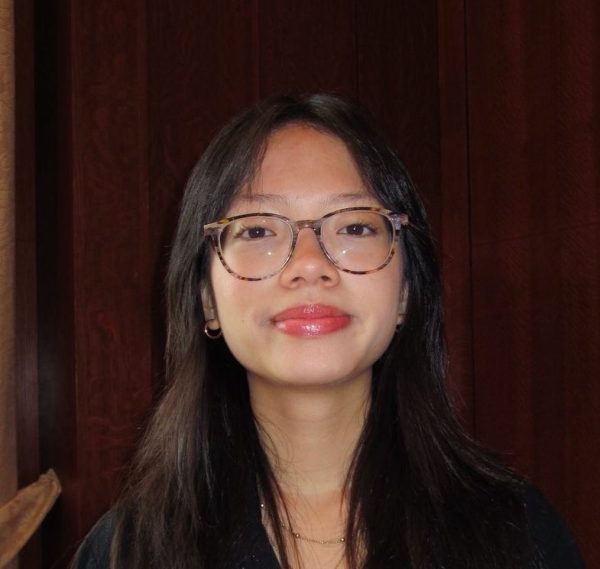
Anderson Cooper • Oct 8, 2025 at 10:11 am
Not bad, kid.